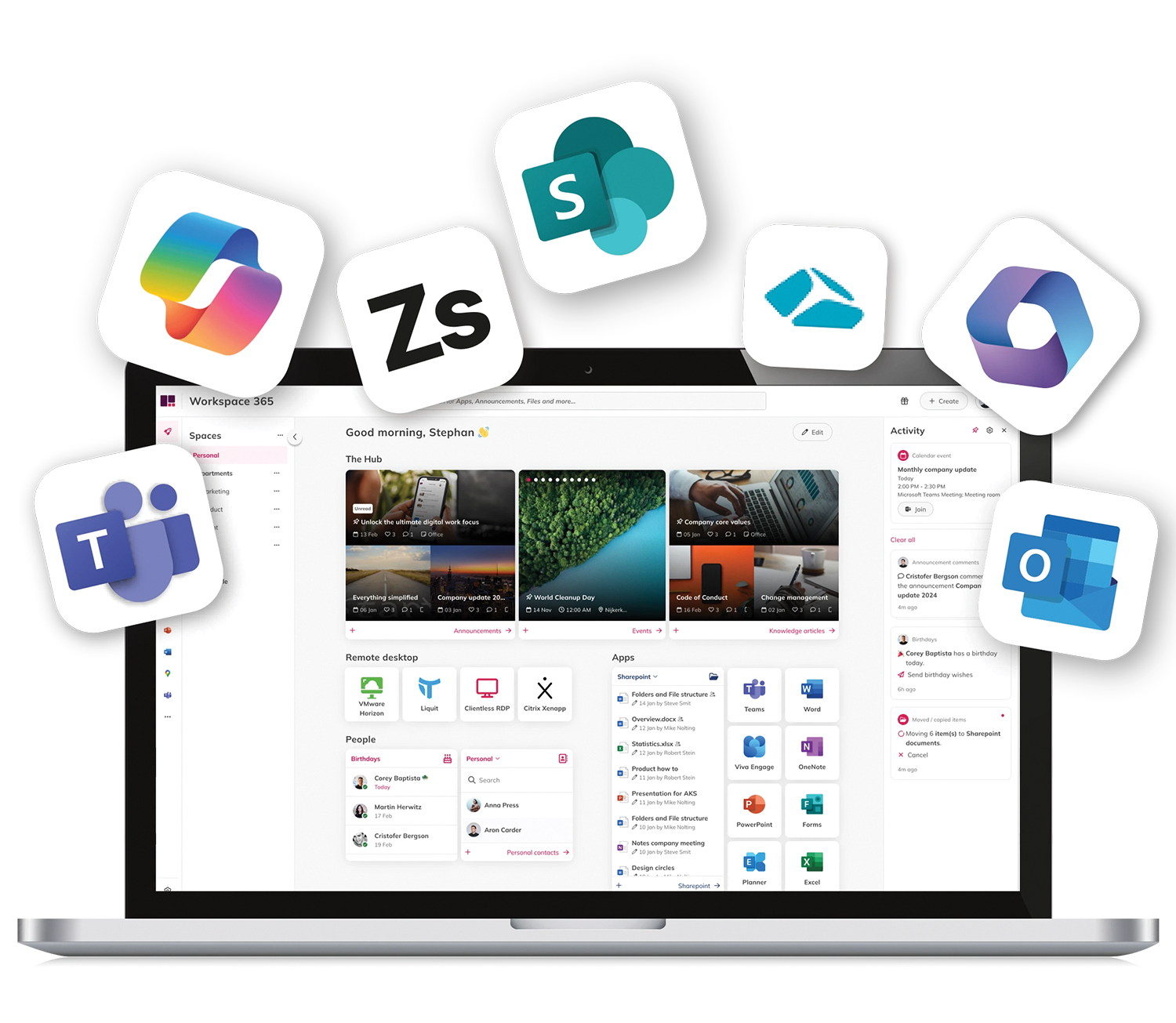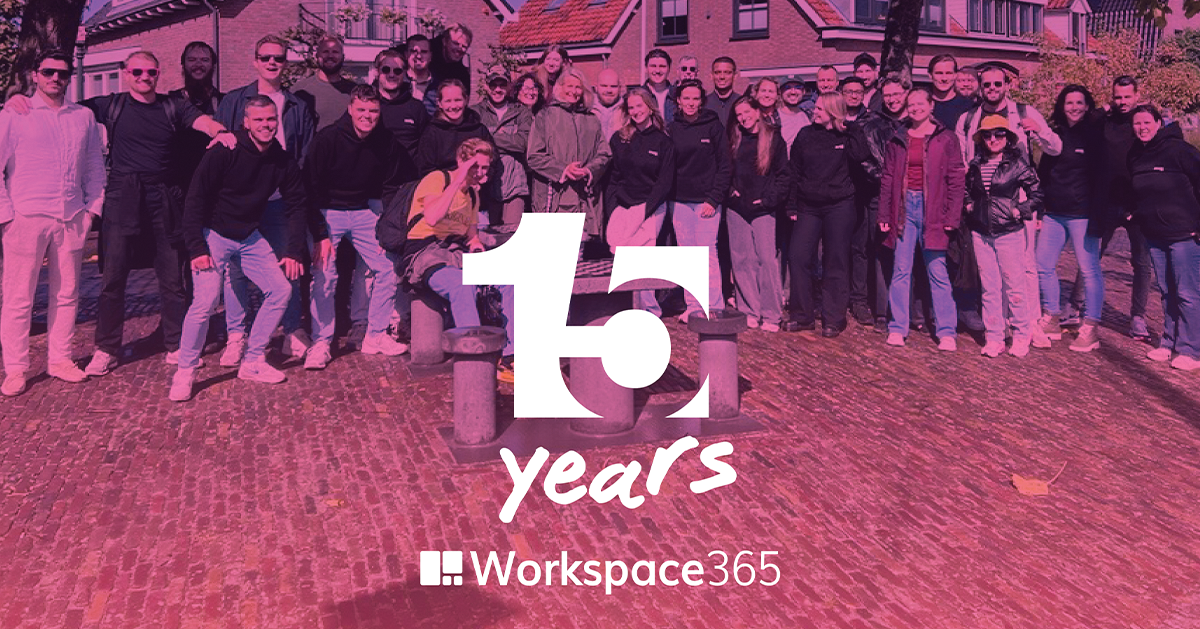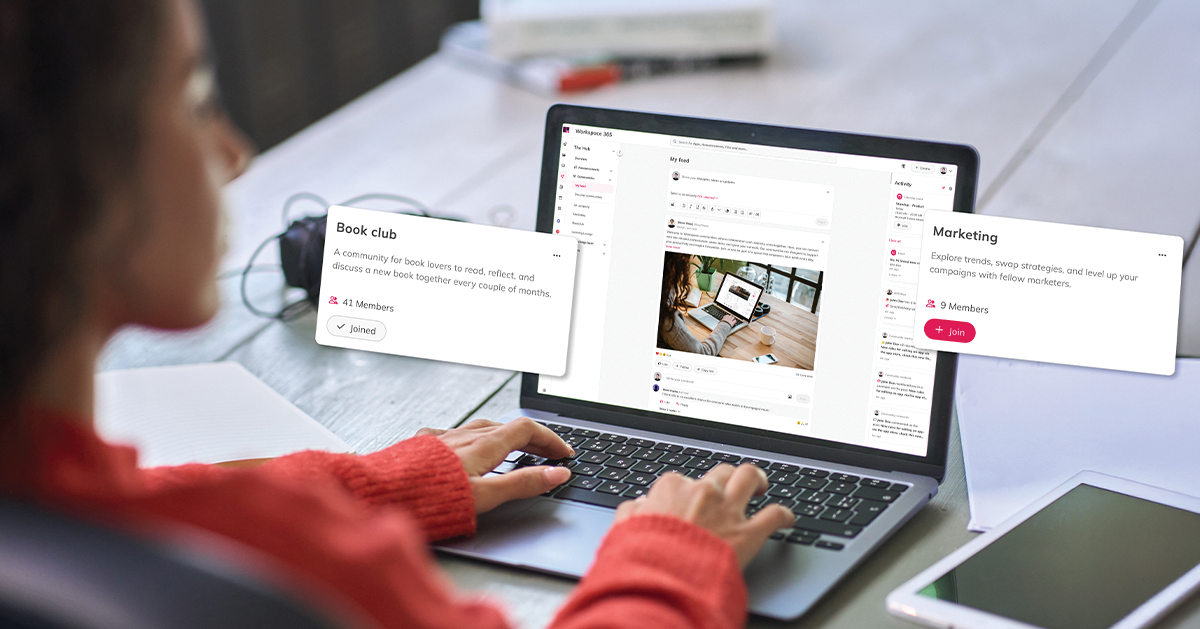For a long time, virtualization was expected to rule the technology landscape. The virtualization of desktops and applications opened up new possibilities concerning the management and use of applications and operating systems. But the rise of the cloud has changed the technology landscape and the way people access and use their technology. This unavoidably changed the role of virtualization as well.
More and more organisations are undergoing digital transformations and transition to cloud-based systems and browser-based software. In this article, we’ll explore the role of virtualization technology in today’s modern workspace.
Why virtualization technology?
So why do organisations use virtualization technology? With virtualization, organisations can use software to simulate an environment or another technological resource. Subsequently, multiple operating systems and applications can run on a single server, and people can use it remotely without having to actually install it on their device.
Virtualization technology is made up of different components and can take on many different forms. Two key subcategories of virtualization technology are VDI (Virtual Desktop Infrastructure) and DaaS (Desktop as a Service). Let’s take a look at each of these here.
VDI Solutions
VDI or Virtual Desktop Infrastructure is when a server (or multiple servers) hosts numerous desktop environments. It is a type of desktop virtualization, which we will look at below. There are a number of companies that offer VDI solutions, such as Nutanix, Microsoft, Citrix and VMware.
More often than not, a Virtual Desktop Infrastructure requires to you do a lot of your own design, support and updates.
DaaS (Desktop as a Service)
You can think of DaaS as functioning in the same way as VDI. However, instead of a physical server, the infrastructure is cloud-based. This does require you to employ a third-party hosting provider (such as Microsoft) to introduce and then maintain it. This means that as opposed to VDI, it’s subscription-based and support, service and updates are out of your hands.
DaaS possibly also has heightened security. Even if devices are compromised, the information is stored in the cloud with restricted access. But, DaaS does require a high-quality internet connection or your experience of this service will not be great.
Desktop Virtualization
Virtualization technology allows users to access their desktop without having to install the necessary programs and applications on a specific computer. Instead, these things are hosted on a server. Desktop virtualization enables people to access an entire desktop remotely from another device.
Application Virtualization
With application virtualization, a service provider provides a framework that allows the use of their software without users having to download it. This is especially helpful when the OS you’re using doesn’t support the installed version of an application.
This could for instance be done with Workspace 365’s Clientless RDP.
The benefits of virtualization
Virtualization enables you to run multiple operating systems and applications simultaneously on one piece of hardware.
Using virtualization also means that there are fewer physical resources because not all applications are installed on separate devices.
But that’s also the kicker: because if most of your applications are running in the cloud anyway, do you still need to unite them in a virtualized environment?
Virtualization versus cloud: do you still need virtualization software?
With the rise of the cloud came cloud applications and Software as a Service. These enabled organisations to offer access to applications with nothing other than a browser. Additionally, most of the management, upkeep and updates were no longer their responsibility, but the provider’s, freeing up time and resources.
Today, basically any newly launched application operates in the cloud. This drastically decreased the need for virtualization technology, as SaaS is often easier to use, more flexible and more cost-effective. This could make people question whether there is even a need for virtual desktop software anymore.
So is there?
The short answer is: in some cases, yes. Many companies still rely on legacy software that’s not yet available in the form of a browser-based application. This means that even if you’d prefer to go fully browser-based, it’s not necessarily an option for those specific systems.
The hybrid workspace: unite virtualization software and the cloud
So how do you handle such a situation? It’s simple: you go for a hybrid solution.
Simply because the applications your business uses aren’t available as SaaS, doesn’t mean that you can’t adopt a browser-based workspace. Workspace 365 enables you to move your workspace online and unite all your information, tasks, processes, documents and news with your applications, whether they’re web, local or hosted.
Workspace 365 offers a hybrid cloud solution, bridging the gap between the old and the new, enabling you to move forward and not let legacy technology hold you back from adopting a modern workspace.
Closing Thoughts
Technology is progressing at an incredible rate and it will require great effort to keep up. You must consider that virtualization software may become a thing of the past sooner than you think.
So, why not adopt a digital workspace that will make your transition into the future a breeze? Discover it yourself and try our free demo.







